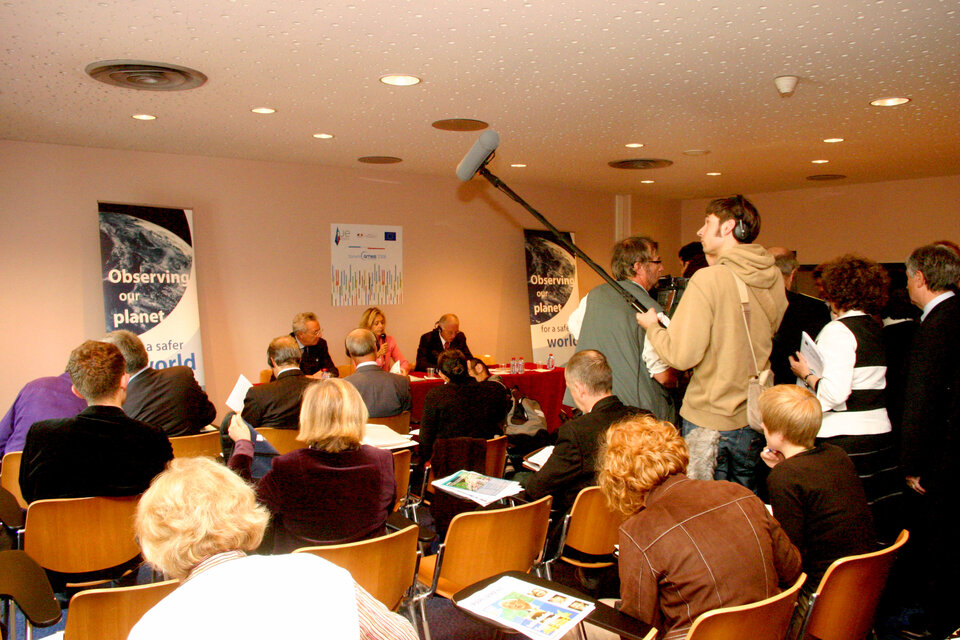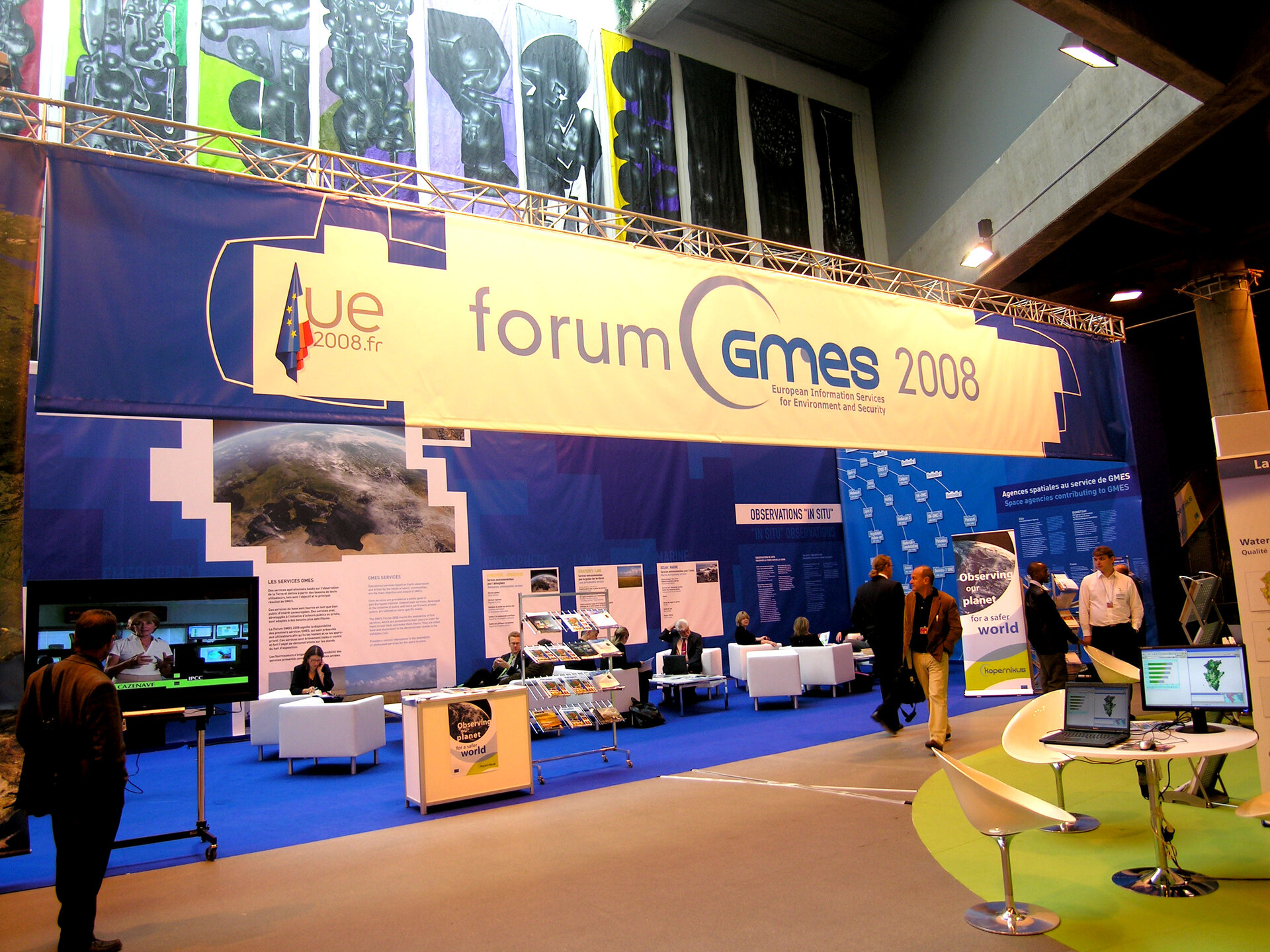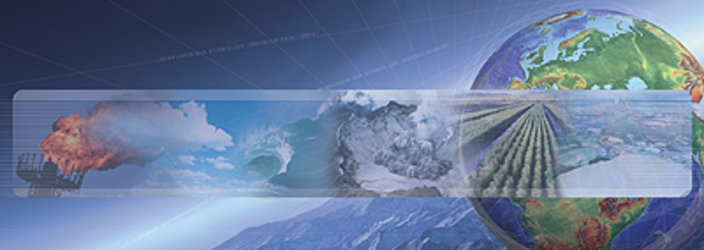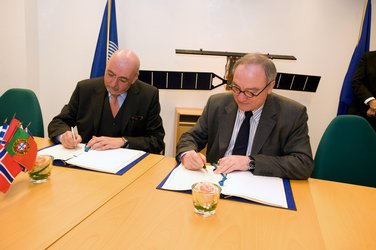Kopernikus, observing our planet for a safer world
The new name of the European GMES Programme (Global Monitoring for Environment and Security) has been unveiled: Kopernikus. The European Commission Vice President Günter Verheugen announced the name today at the GMES 2008 Lille forum.
Europe is presenting Kopernikus at the forum as the second flagship of the European Space Policy following Galileo, the first flagship. The GMES 2008 forum is organised in the framework of the European Union French Presidency.
All partners of the initiative have expressed strong political support for Kopernikus ahead of the 5th Space Council decisions to be tabled on 26 September 2008 in Brussels.

Pre-operational GMES/Kopernikus services in the areas of ocean, land, atmosphere, risks, climate change and security are being presented at the forum to decision makers and users. All actors are stressing the need for long-term sustainability of this public programme, as well as the need to grant continuity of data and services for the users.
At Lille, the European Commission (EC) stressed ESA’s role as coordinator of the Kopernikus Space Component with its development and procurement role for the Sentinel Satellite series and its role of coordinator for contributing missions by Member States and other relevant partners of Kopernikus, such as the European Organisation for the Exploitation of Meteorological Satellites (EUMETSAT).

Over the last 30 years ESA has been developing Earth Observation satellites, notably all the European meteorological satellites in cooperation with EUMETSAT, but also the ERS-1, -2 and Envisat satellites, which are mostly oriented to perform measurements relevant for environmental and climate research.
Based on this long-lasting experience and on requirements derived from applications, ESA is already developing new missions called 'Sentinels'. The five Sentinel families under development will feature radar and multi-spectral imaging as well as ocean and atmospheric monitoring capacities. The industrial phase of the first three of the five satellites is already ongoing.
As the 15th century scientist Copernicus revolutionised the understanding of our universe, Kopernikus brings the Earth back to the 'centre' of our concerns and will help us care for a better and safer world.










